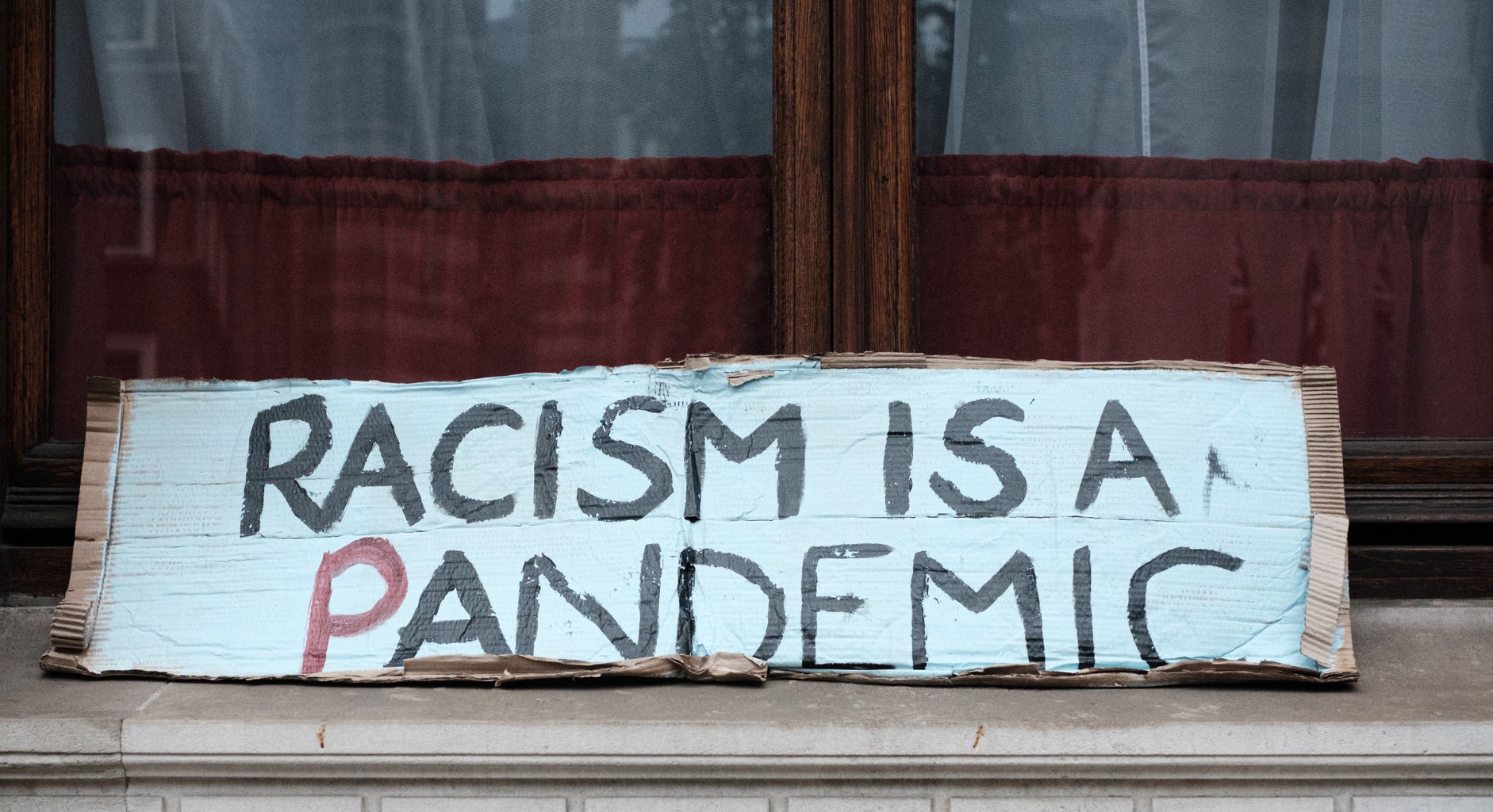The social impact of the novel Coronavirus within our country is expansive, including the rise in anti-Asian violence. Moreover, 58 percent of Asian Americans said in a study that people were more eager to express anti-Asian comments since the beginning of the pandemic. Furthermore, the same study also found 45 percent of Black Americans stated anti-Black views have also risen with the start of the outbreak. However, racism is not only someone’s immoral and disgusting comments; it is structural and systematic. Racism is deeply rooted within America’s past, including former policies that still have an impact today.
Racism is even prevalent in medical care, such as the treatment that certain ethnicities and races receive. In fact, Black patients found that most physicians downplay their pain causing them to not get the right care. Since the outbreak of COVID-19, Black people have accounted for 25 percent that have tested positive and 39 percent disease-related deaths while only being 15 percent of the population. It is not just the racial bias within the healthcare system that Black Americans face while in this pandemic, they also face the consequences of former racist policies.

Redlining was how the American government legally split up neighborhoods by race in the 1930s. Most Black people were pushed into urban areas, whereas white people lived in suburban areas. In addition, during that time, the government would not provide housing loans to most minorities. Moreover, most Black people were harassed if they even tried to move into these neighborhoods. The effects of this horrible former policy are still felt today, more now than ever with the rise of the virus. According to a study, formerly redlined neighborhoods actually are more at risk of contracting the disease. This study also found that one in three people living in these areas are obese, which could possibly be a consequence of living in a food desert since one major effect redlining had was food deserts. Furthermore, if you live in a food desert you are more likely to be obese causing a higher coronavirus mortality rate.
Additionally, these areas are also subject to environmental racism, which can also cause health risks related to an increased COVID-19 risk. The biggest example I can think of to describe this is Flint, Michigan. This area has a history of redlining, so it was no surprise when the government officials decided to cut costs and switch the city’s water supply. However, like many of you know, this caused the majority of Flint’s population to be poisoned by lead. This just does not stop at water either, these places also have significant amounts of air pollution, which kills an estimated seven million per year. Moreover, with lack of access to clean air, many people struggle with respiratory problems such as asthma. Many doctors try to blame genetics for how people are dying from this disease, but fail to acknowledge the actual oppression causing it. Genetics do not make Black people more susceptible to the disease, but the everlasting aftermath of America’s racist past.



